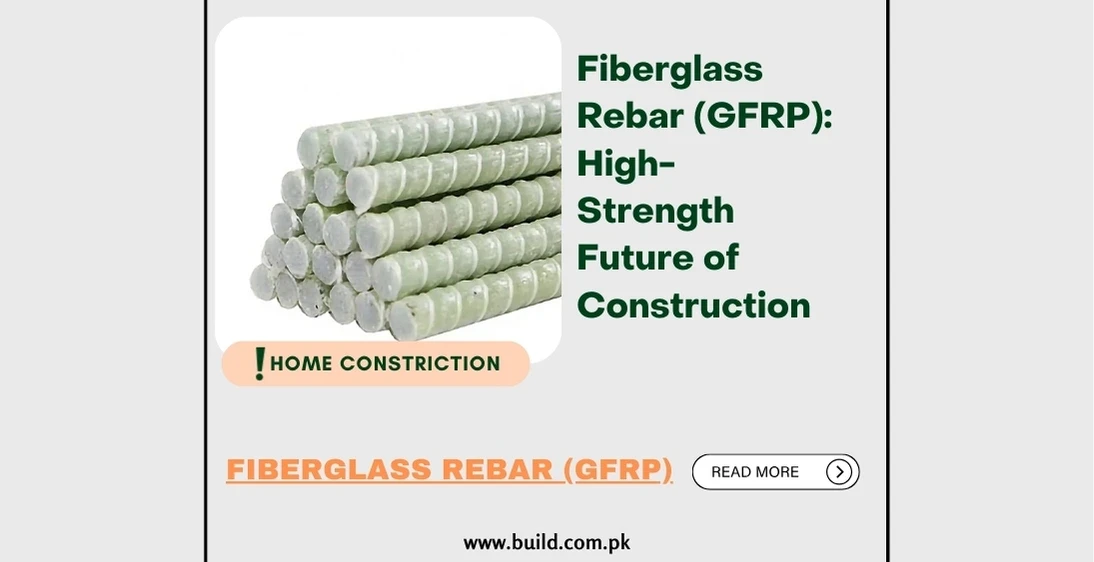Power Tools: The Ultimate Guide to Choosing and Using

Introduction:
Power tools have revolutionized the way we
approach DIY projects, construction work, and home improvements. These
versatile and efficient tools are designed to make tasks easier, faster, and
more precise. Whether you're a professional tradesperson or a passionate DIY
enthusiast, having the right power tools in your arsenal can significantly
enhance your productivity and deliver professional-quality results. In this
comprehensive blog, we will explore the world of power tools discuss their
different types, features, and benefits, and provide valuable insights to help
you choose the right tools for your needs.

Types of Power Tools
Drills and Drivers:
Drills and drivers are essential tools
for drilling holes and driving screws. They come in various types, including
corded drills, cordless drills, impact drivers, and hammer drills. Consider
factors such as power, chuck size, battery life, and ergonomics when choosing
the right drill or driver for your projects.
Saws:
Saws are designed for cutting various materials such as
wood, metal, and plastic. Common types of power saws include circular saws,
jigsaws, reciprocating saws, and miter saws. Consider the cutting capacity,
blade size, beveling capability, and safety features when selecting a saw.
Sanders:
Sanders are used for smoothing and finishing
surfaces. They include belt sanders, orbital sanders, and random orbital
sanders. Look for sanders with variable speed control, dust collection systems,
and ergonomic handles for comfortable operation.
Grinders:
Grinders are versatile tools for cutting, grinding,
and polishing. Angle grinders and bench grinders are commonly used for
metalworking and sharpening tools. Consider the power, wheel size, safety
features, and handle design when choosing a grinder.
Nail Guns:
Nail guns are used for quick and efficient nailing
in construction and carpentry projects. They come in different types, including
brad nailers, finish nailers, and framing nailers. Look for features like depth
adjustment, magazine capacity and anti-jamming mechanisms.
Rotary Tools:
Rotary tools are versatile handheld tools for
cutting, grinding, engraving, and polishing. They are compact and offer various
attachments and accessories for different tasks. Consider the speed control,
accessory compatibility, and ergonomics when selecting a rotary tool.
Power Screwdrivers:
Power screwdrivers are designed for
quickly and efficiently driving screws. They are compact and lightweight,
making them suitable for small-scale projects. Look for features like
adjustable torque settings and rechargeable batteries for convenience.

Benefits of Power Tools
Using power tools offers several
advantages over traditional hand tools:
Efficiency and Time Savings:
Power tools are designed to
perform tasks quickly and efficiently, reducing the time and effort required
for projects.
Precision and Accuracy:
Power tools provide more control and
accuracy, allowing for cleaner cuts, smoother finishes, and precise drilling.
Versatility:
Power tools offer a wide range of capabilities,
enabling you to tackle various tasks with a single tool.
Productivity:
Power tools can significantly increase your
productivity, enabling you to complete projects faster and take on more
challenging tasks.
Safety:
Many power tools incorporate safety features like
blade guards, trigger locks, and anti-kickback mechanisms, enhancing user
safety.
Professional-Quality Results:
Power tools allow you to achieve professional-grade results, whether you're a professional tradesperson or a DIY enthusiast.
Choosing the Right Power Tools
When selecting power tools,
consider the following factors:
Project Requirements:
Assess the specific tasks and projects
you'll be undertaking. Determine the type of materials you'll be working with
and the nature of the tasks, such as drilling, cutting, or sanding. This will
help you identify the essential power tools needed for your projects.
Power Source:
Decide between corded and cordless power tools
based on your preference and the availability of power sources. Corded tools
provide consistent power but limit mobility, while cordless tools offer greater
portability but require regular battery charging.
Quality and Durability:
Invest in power tools from reputable
brands known for their quality and durability. High-quality tools are built to
withstand heavy use and offer better performance and longevity.
Ergonomics:
Consider the ergonomics of the power tools, such
as handle design weight distribution, and comfort features. Ergonomically
designed tools reduce fatigue and increase control during extended use.
Safety Features:
Look for power tools with safety features like blade guards, safety switches, and anti-kickback mechanisms. These features protect you from accidents and ensure safer operation.
Budget:
Determine your budget range and explore power tool
options within that range. While it's important to invest in quality tools, you
can find reliable options that fit your budget without compromising on
performance.
Reviews and Recommendations:
Read customer reviews and seek recommendations from professionals or trusted sources. Real-world experiences and feedback can help you make informed decisions and choose reliable power tools.
Conclusion:
Power tools are invaluable assets for any DIY
enthusiast or professional tradesperson. By understanding the different types
of power tools available and considering factors like project requirements,
power source, quality, ergonomics, safety features, and budget, you can make
informed choices when purchasing power tools. Investing in high-quality tools
will enhance your productivity, efficiency, and the quality of your work.
Remember to prioritize safety and always follow the manufacturer's instructions
and safety guidelines when using power tools. With the right selection of power
tools, you can tackle any project with confidence and achieve
professional-level results.















